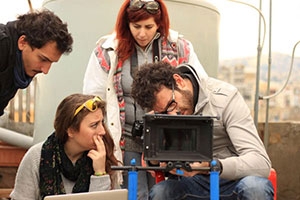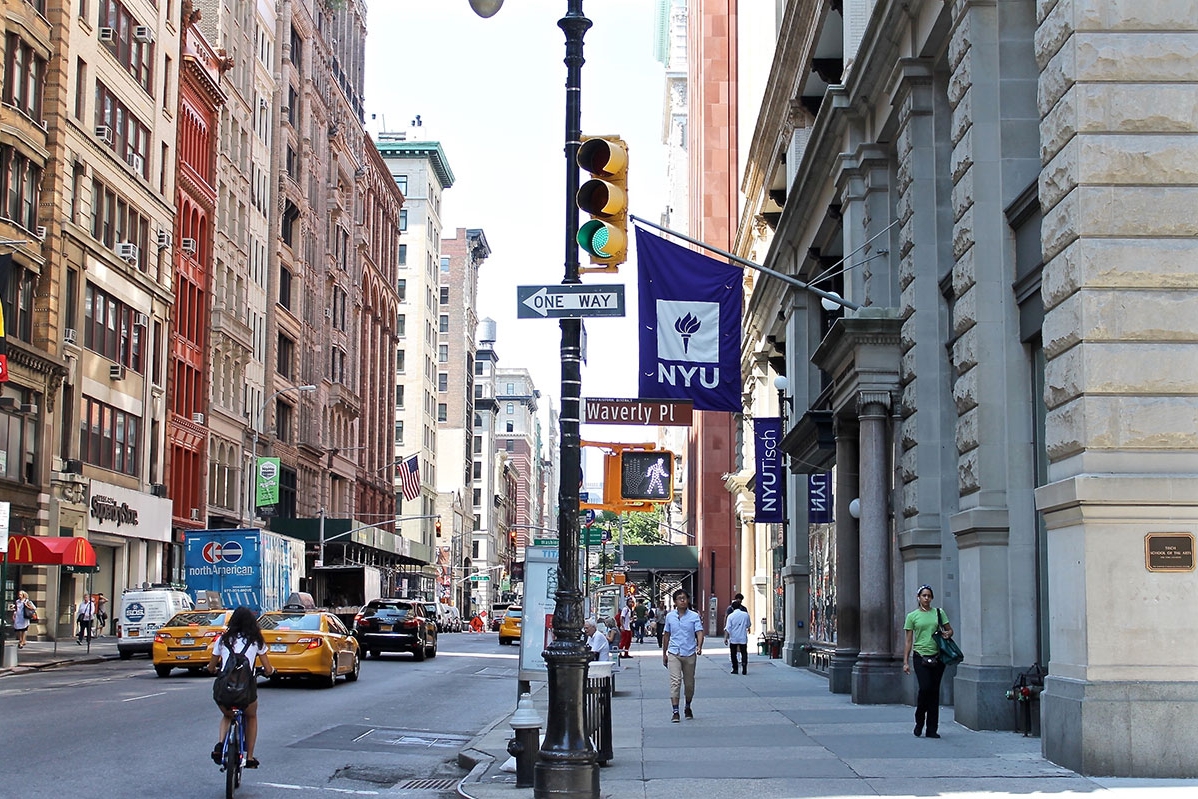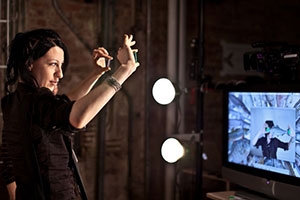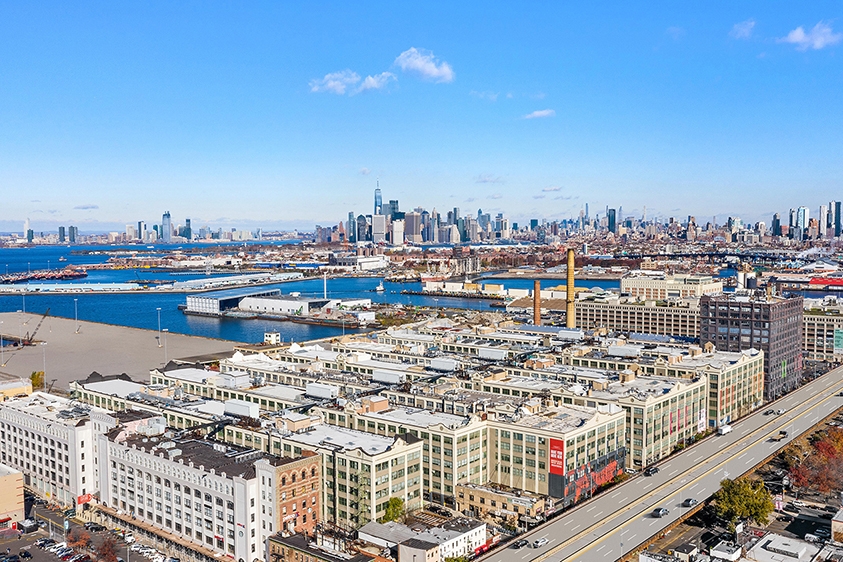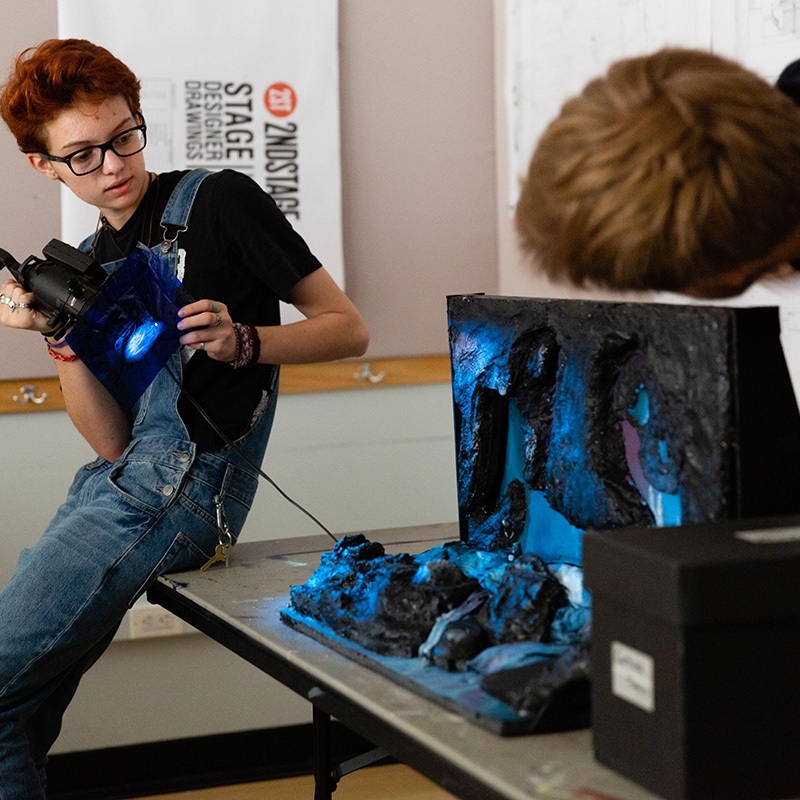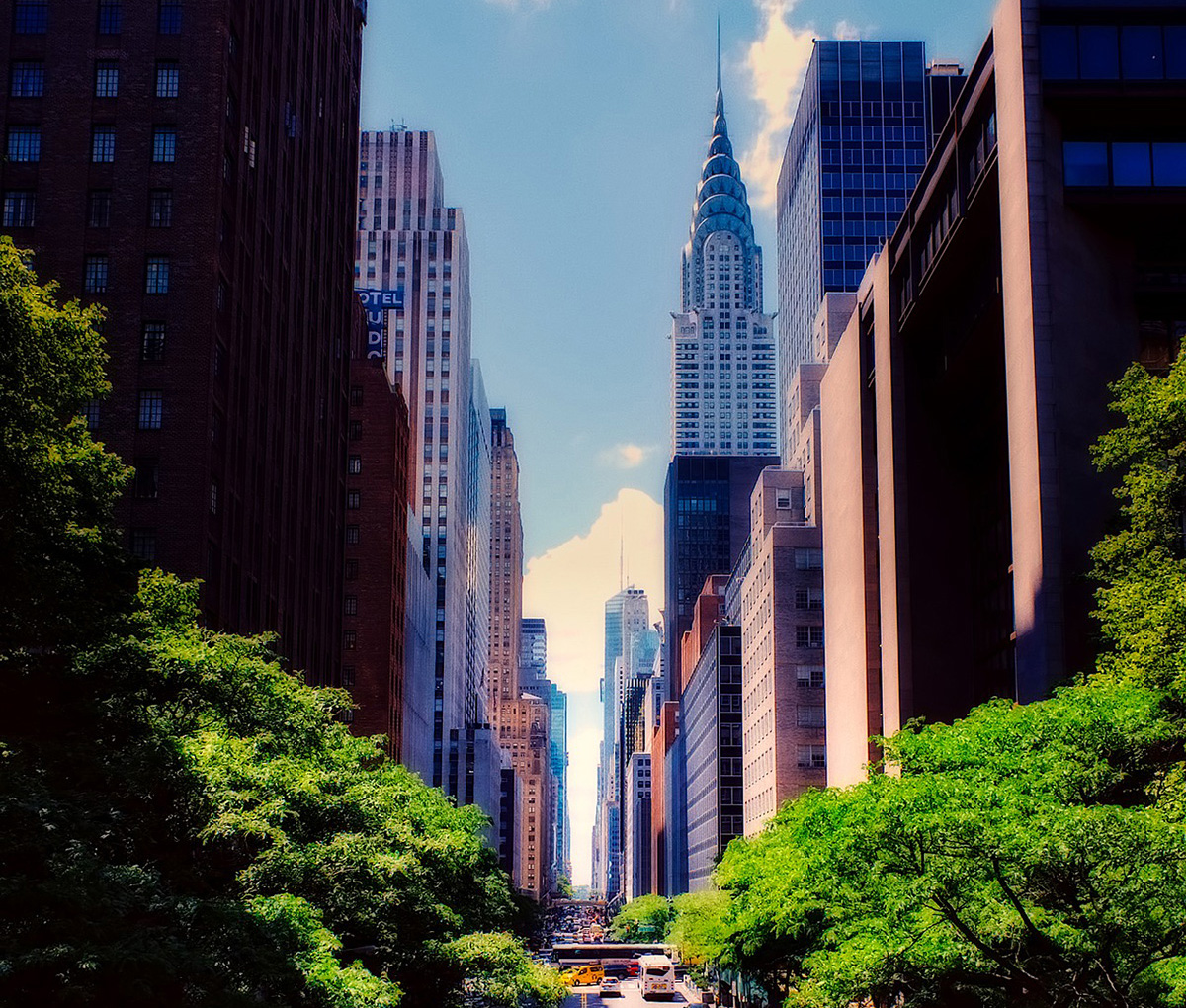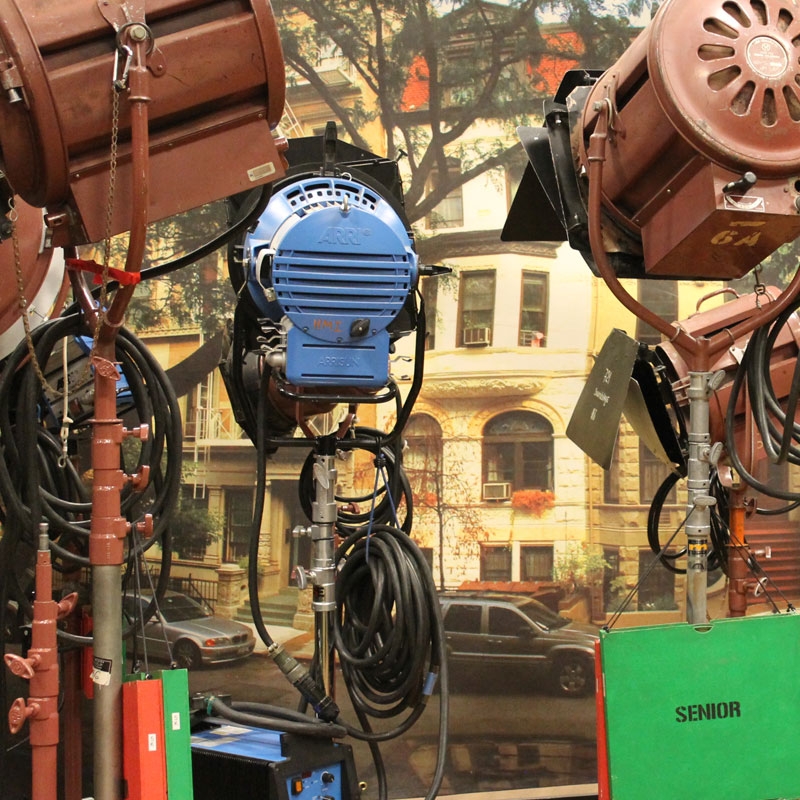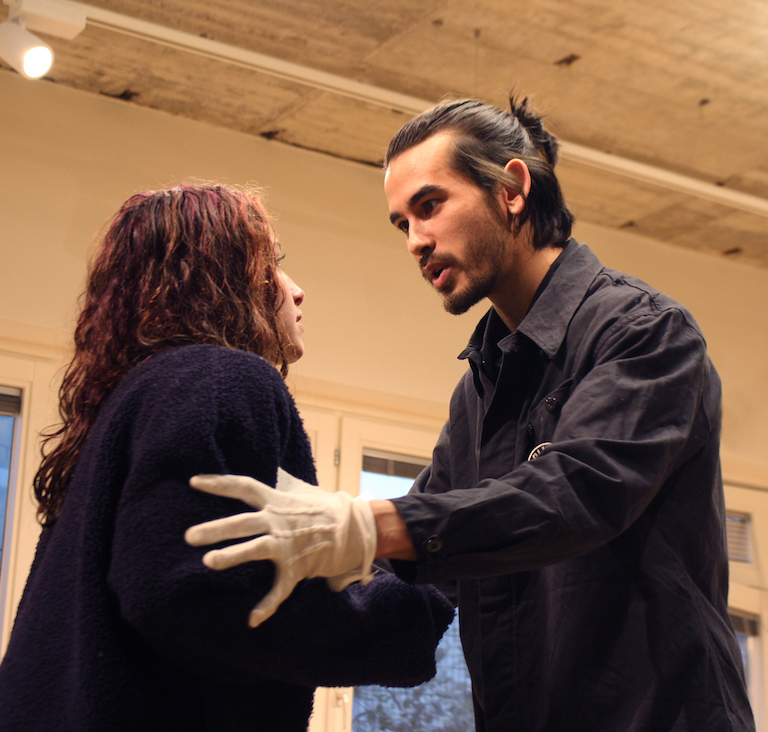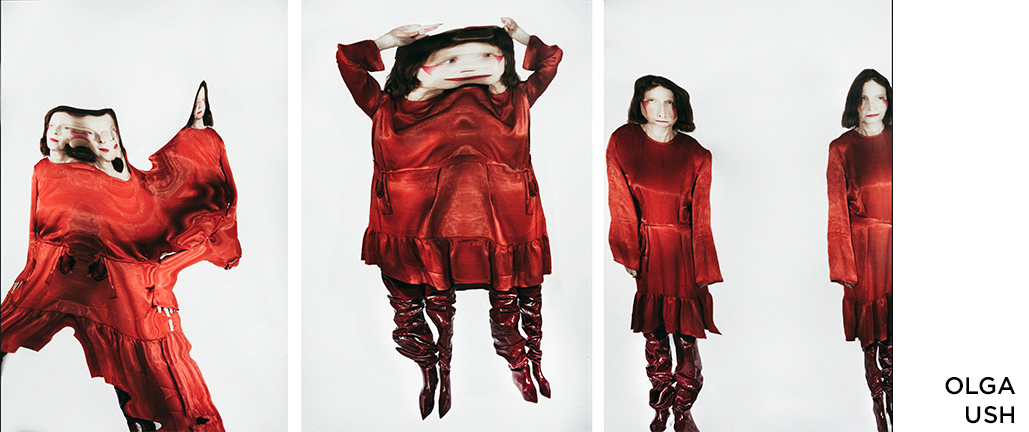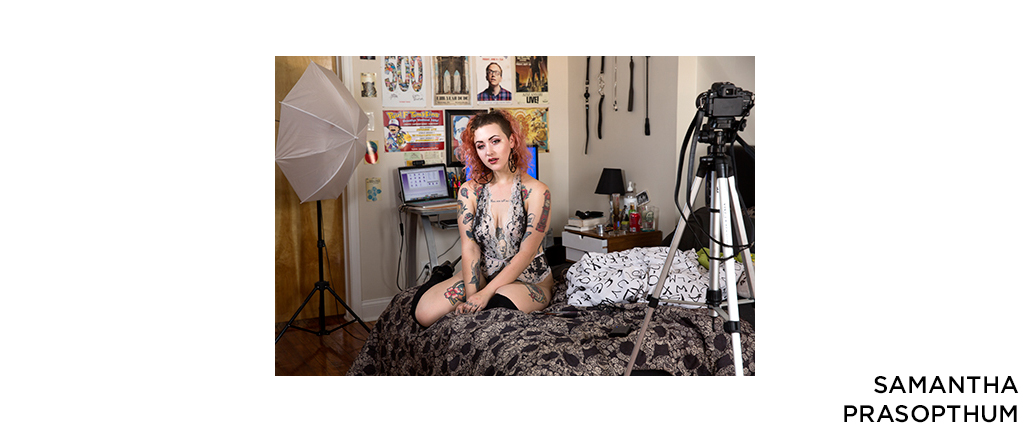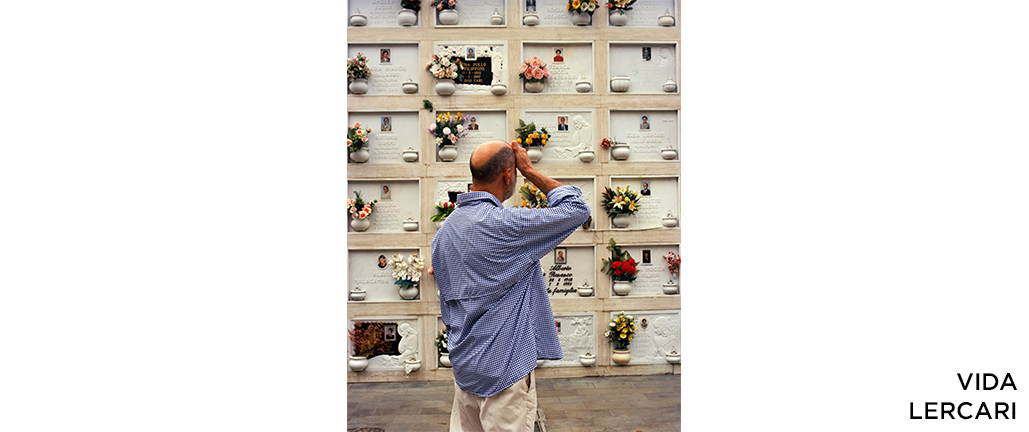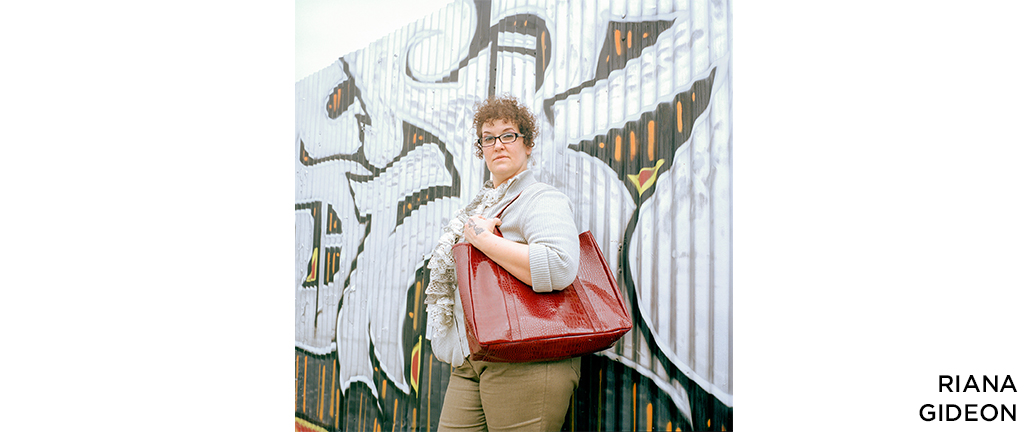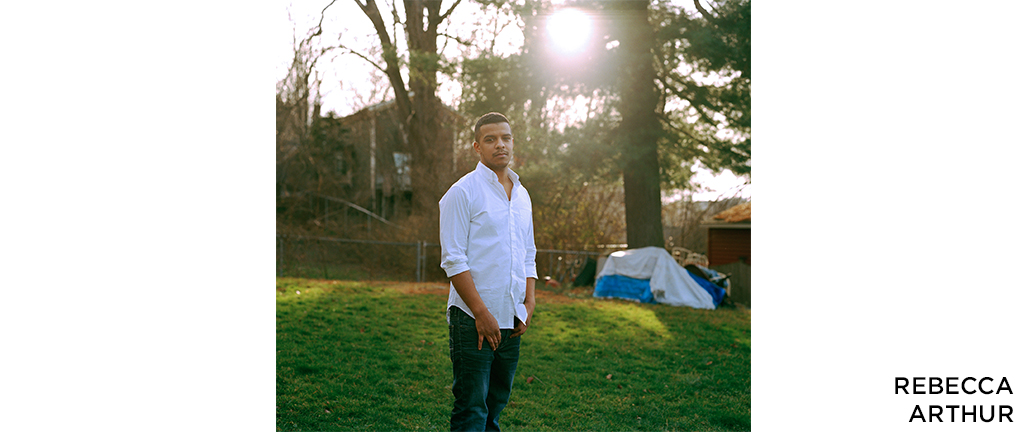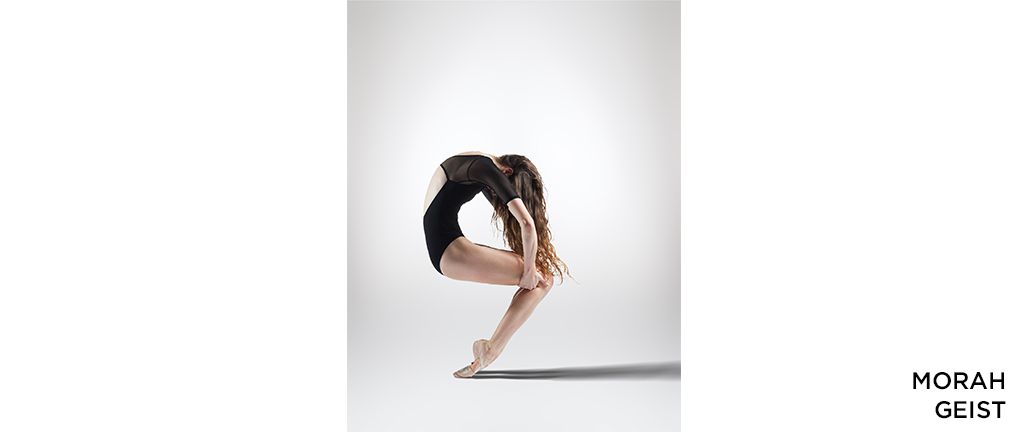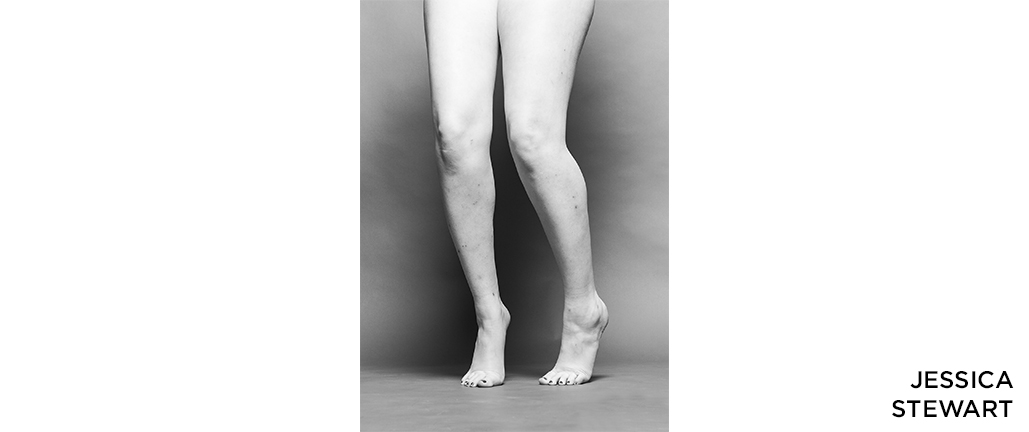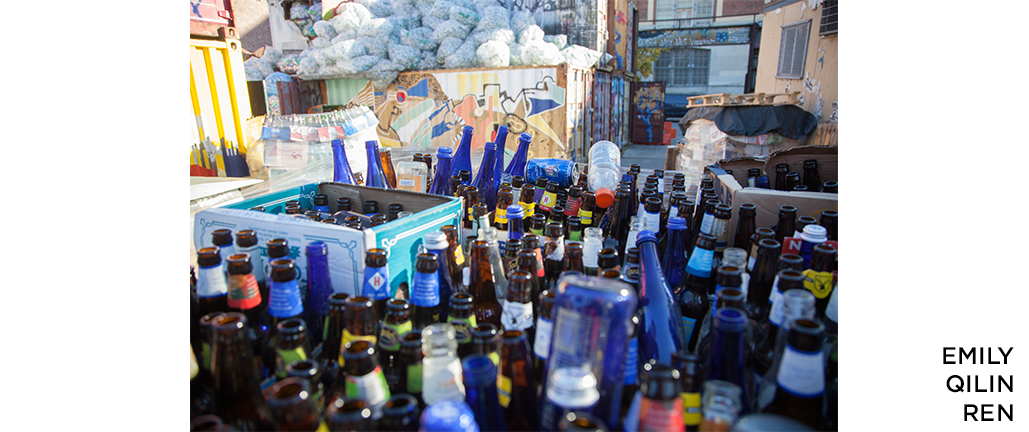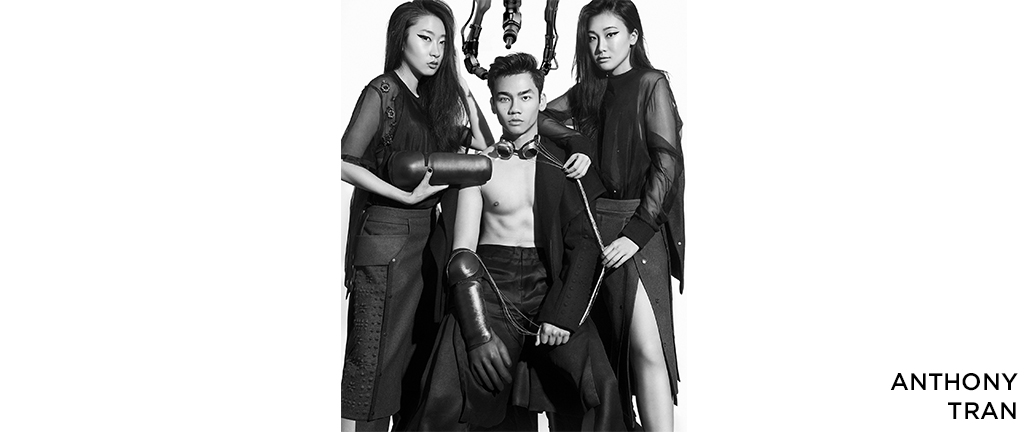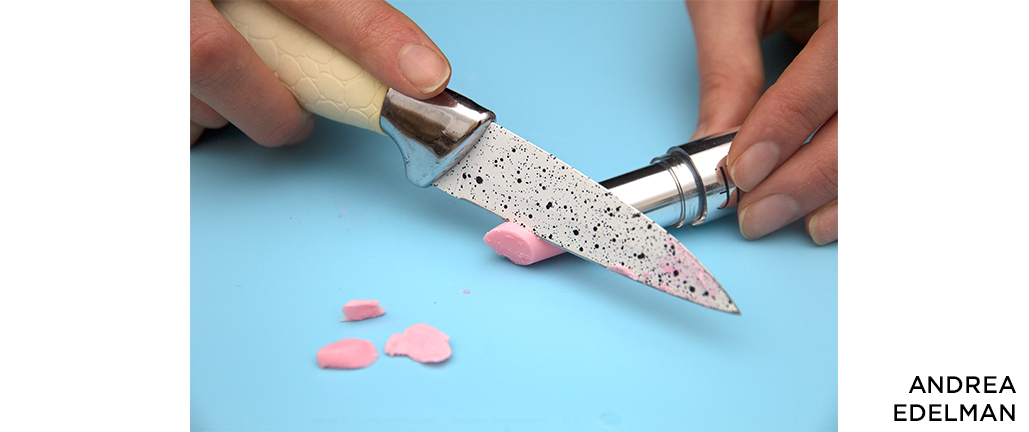OPENING RECEPTION
Thursday, January 25, 2018
6-8pm
Gulf + Western Gallery & 8th Floor Gallery
721 Broadway (at Waverly Pl.)
An exhibition featuring works in photography, digital imaging, and multimedia by 20 graduating seniors from the Department of Photography & Imaging, Class of 2018.
SHOW ONE is the first in a series of two BFA exhibitions of the work of the entire graduating Photography & Imaging class.
It will remain on view from January 25 through March 22, 2018.
Gallery hours are 10 a.m. to 7 p.m. weekdays, and noon to 5 p.m. Saturdays. Admission is free. Photo identification is required for access to the building. For more information, visit tisch.nyu.edu/photo or call 212.998.1930.
–––––––––––––––––––––––––––––––––––––––––
Rebecca Arthur: The House That Built Me: After the passing of my mother in the summer of 2014, my family and I set off to grieve disjointedly as I left home for school. I had a battle with the relationship to my family and home and used the time away from them as a reason to forget about the life we built together and to start anew. After my sister had her son, it felt important to pick up the pieces and recollect my childhood and the relationship with my siblings and stepfather. These images depict a view of our new dynamics in the loss of my mother and in addition to new ties that my nephew brings.
Agnes Bae
Sang Young Bae
Claire Dorfman: I began to work at the Andrew Freedman Home in June of 2016. In the year and a half that followed my introduction to the building, I️ realized that i️ am bearing witness to a significant and humbling enterprise: a reclaimed property in the South Bronx that fosters space for creation and dialogue around arts and culture in the borough, a home for many people in their artistic and social practices, and a space that serves its community through the passion and love that they give back to the building and to its purpose.
Andrea Edelman: We dress and eat a certain way, use certain products and even think in certain ways because we are programmed by our culture and environment to do so. The need to fit in creates anxieties and restraints for those who constantly strive to be accepted and are always conforming. Changes to expectations can give rise to different ways of thinking and acting. In that event, the disorder presented can help open up liberating new orders.
Morah Geist: Between Positions and Choreography- I want everyone to enjoy dance as much as I do. When I photograph dancers I want to bring out the best in them. I make sure the positions are correct, and I strive to make dance photos that portray movement even in a still photograph. Choreography is a living and moving art which transcends the correct positions and focuses on the transitional moments where the dancers can breathe and truly feel the movement. In photographing dance, the flow of the movements break the constraints of the frame, allowing the emotion to be felt.
Riana Gideon: Visible is a documentation of formerly incarcerated women who are working to re-enter society. The project explores the connection between mother and child to examine the cyclical nature of incarceration.
Myles Golden: The afterlife of slavery creates a world where marginality for black people becomes hyperactive; the body then becomes an allegorical site that contemplates what it means to be oppressed through the inheritance of a racialized physical landscape. In this series, A Dead Name That Learned How to Live, I explore what it means to be black, both as an antithesis to whiteness as well as liberalized constructions of identity: the categorization of race and gender as a marking of access. Reconstructing language visually, spatially, and linguistically this project centralizes blackness as a gender, ethnical, sexual, and geographical identity. Battling not only exterior/interior subjugation through a racialized, gendered, and geographical dislocated framework within the history of America; these photographs act as indexical evidence of my fight for black liberation. Presenting itself within the black body, within the black mind, inside the black soul; black becomes its own realm of selfhood that cannot be contained within the framework of whiteness.
Kamana Kamkwalala
Vida Lercari: Il Mare Tra Noi represents the town of Vernazza, a small village in Liguria, Italy, from the perspective of her family and the intimate resident life, as well as from the perspective of the foreigners, who come to visit by the hundreds each day during the summer season. Through these contrasting images of a singular place and it's multiple personalities, the artist attempts to place herself somewhere along this spectrum, not quite knowing whether she is a tourist in Vernazza, or a local.
Abraham Medellin: Outside, the guajolotes bask in the afternoon sun, puffing their feathers if you come too close. The humidity on a summer’s day fills your pores with sweat, luckily, the woman who sells raspados does not live far away. As the sun goes down, the clouds begin to gather above and the cicadas hiding amongst the trees sing to welcome the rain. It is June in Teotlalco.
Sam Prasopthum: The Art of Pleasures gives an inside look into the realities of both sex workers and people within the BDSM community. As artists, businesswomen, and educators, they are challenging the stigmas surrounding sex work, and are changing the ways people think about and view the sex industry.
Emily Qilin Ren: Redemption is a documentary video produced to discuss the community of "canners" and the bottle recycling system in New York City. The trash that people throw away do not just simply vanish but go to others and may return. This work draws attention to the cycle of consumption and the lives it sustains.
Sarah Seiler: Countless Rings was made in the midsts of a sleepless wave. The project is a meditation of sorts— a practice that offers a finite ending to my day. At the end of each day, to invite sleep, I drew a portrait. The paired photographs are somehow a nod to their paired identity.
Morgan Sloan: Working with New Jersey based suburban chickens, Morgan Sloan focuses on the dichotomy between food source and pet within a growing backyard chicken movement. Each portrait celebrates the hens and roosters who have inspired her with their willful personalities and outrageous styles. These studio style portraits speak to the complexity of each individual chicken, in all of their full feathered glory.
Jessica Stewart: Growing up with an autoimmune disease, attempting to gain weight is a constant battle. But what happens when the war is over? Rind and Flesh is a visual representation of Stewart’s journey to come to terms with her new shape and the feelings of alienation it causes.
Anthony Tran: VARIABLE is a fashion editorial project that proposes a glimpse of our world in a future of unspecified distance. Providing scenarios engaging in the quintessential topics of present-day society, it combines real dilemmas with possible trajectories of history which humankind could traverse, becoming a recipient of both truth and fantasy.
Alex Trippe: Quilts are traditionally constructed from the textures of one’s life; old clothes or bedsheets are stitched into geometric patterns and transformed into a functional object. This recycling creates not only something useful but also something that is rich in feeling and memory. In All The Comforts of Home, I pattern recycled textiles, personal imagery, and obsessive thoughts into a quilt in an attempt to repair the past and heal uncertainty.
Tatiana Turin
Olga Ush: [Per]spective- [Per]ception is a fashion series of triptychs, exploring the visual ideas of duality, repetition and multipolarity. Every event and object can be observed from different angles – no viewpoint is correct, but rather, is just one of many interpretations. In this series, the artist’s emphasis is on total control; of the environment, object, and, most importantly, perspective which in turn determines impressions.
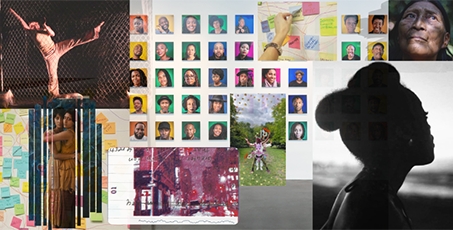 Creative ResearchThe Initiative supports and highlights interdisciplinary and collaborative research in all modalities, present and imagined - encouraging curiosity, investigation, and entrepreneurism, through advocacy, grant planning, mentorship and funding opportunities.
Creative ResearchThe Initiative supports and highlights interdisciplinary and collaborative research in all modalities, present and imagined - encouraging curiosity, investigation, and entrepreneurism, through advocacy, grant planning, mentorship and funding opportunities.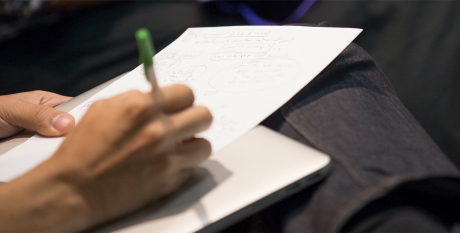 Center for Research & StudyThe Center gathers three scholarly departments at Tisch whose main focus lies on the creation of theory, historical research, and critical and social analysis in areas relevant to art making: Art & Public Policy, Cinema Studies, and Performance Studies.
Center for Research & StudyThe Center gathers three scholarly departments at Tisch whose main focus lies on the creation of theory, historical research, and critical and social analysis in areas relevant to art making: Art & Public Policy, Cinema Studies, and Performance Studies.